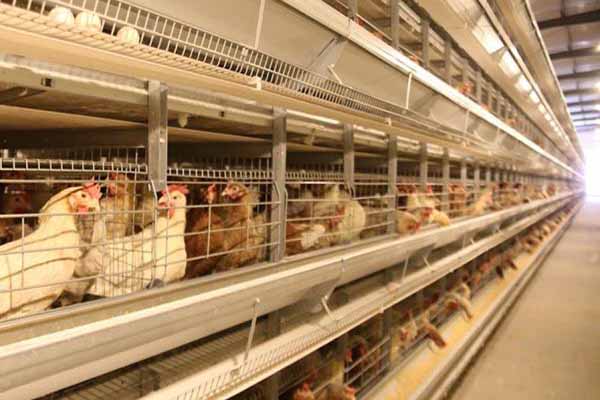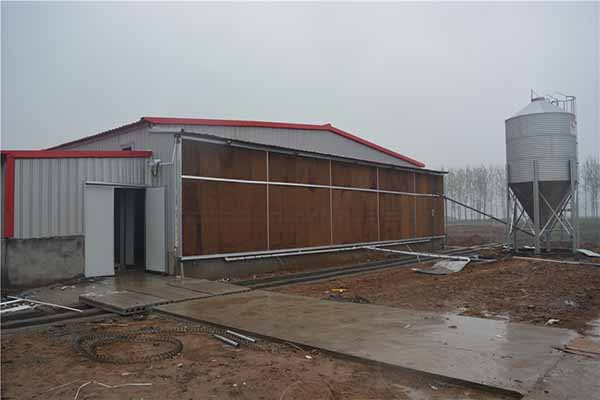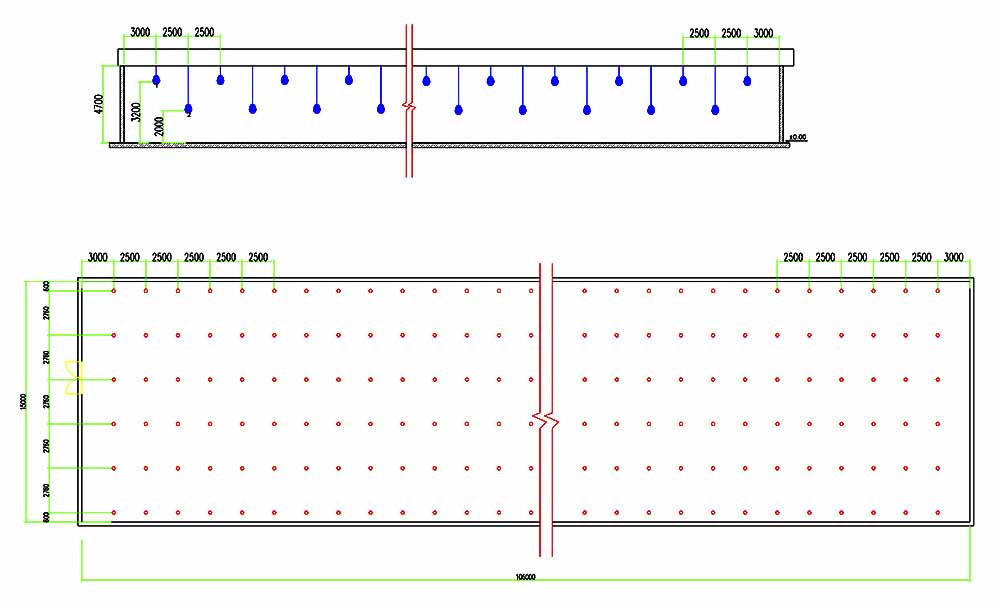Remote Monitoring System for Kenyan Chicken Equipment: Enhancing Efficiency and Reliability
Time : 2025-04-25
Keeping a chicken farm running smoothly is no easy feat, especially in regions like Kenya where the climate and environmental factors can be quite challenging. This is where a remote monitoring system for Kenyan chicken equipment comes into play. In this article, we’ll dive into what this system is all about, how it can benefit your chicken farming business, and why it’s a game-changer for the industry.
What is a Remote Monitoring System for Kenyan Chicken Equipment?

A remote monitoring system for Kenyan chicken equipment is an advanced technological solution designed to monitor and manage the various components of a chicken farming operation from a distance. This system uses sensors, IoT (Internet of Things) devices, and data analytics to provide real-time insights into the performance of the equipment, as well as the health and well-being of the chickens.
Key Components of the System
- Sensors: These devices are placed throughout the chicken farm to collect data on temperature, humidity, feed consumption, water usage, and more.
- IoT Devices: These devices act as the bridge between the sensors and the central monitoring system, transmitting data to the cloud for analysis.
- Central Monitoring System: This is the control center where all the data is processed and analyzed, allowing farmers to make informed decisions in real-time.
How the System Benefits Kenyan Chicken Equipment
1. Improved Efficiency: By monitoring equipment performance, farmers can identify and address issues before they become major problems, leading to increased efficiency and reduced downtime.
2. Enhanced Animal Welfare: With real-time data on the chickens’ environment, farmers can ensure that the temperature, humidity, and other factors are within the optimal range for the birds, leading to healthier, happier chickens.
3. Cost Savings: The system helps in reducing energy consumption by ensuring that equipment operates at peak efficiency. It also minimizes waste by providing data on feed and water usage, allowing for better management of resources.
4. Better Data-Driven Decisions: With access to comprehensive data, farmers can make informed decisions based on factual information, rather than relying on guesswork.
5. Scalability: As your chicken farming business grows, the system can easily scale up to accommodate more equipment and a larger flock of chickens.
Case Studies: Real-World Success Stories
Let’s take a look at a couple of real-world examples where a remote monitoring system for Kenyan chicken equipment has made a significant impact:
1. Farm A: A small-scale chicken farm in Kenya was struggling with high mortality rates due to extreme temperature fluctuations. After implementing a remote monitoring system, the farm was able to maintain a stable environment, leading to a significant decrease in mortality rates and an increase in egg production.
2. Farm B: A larger chicken farm faced issues with inefficient feed usage. By integrating a remote monitor ing system, the farm was able to reduce feed waste by 30%, resulting in substantial cost savings and a more sustainable operation.
ing system, the farm was able to reduce feed waste by 30%, resulting in substantial cost savings and a more sustainable operation.
Implementing the System: A Step-by-Step Guide
Implementing a remote monitoring system for your Kenyan chicken equipment doesn’t have to be complicated. Follow these simple steps to get started:
- Assess Your Needs: Determine what aspects of your chicken farming operation you want to monitor and what goals you want to achieve.
- Select the Right System: Research different remote monitoring systems and choose one that best fits your needs and budget.
- Install Sensors and IoT Devices: Place sensors and IoT devices in strategic locations around your farm to collect the necessary data.
- Set Up the Central Monitoring System: Install the software and hardware required to process and analyze the data collected by the sensors and IoT devices.
- Train Your Staff: Ensure that your staff is trained on how to use the system effectively.
- Monitor and Optimize: Regularly review the data and make adjustments to your farming practices as needed.
Conclusion
Investing in a remote monitoring system for your Kenyan chicken equipment is a smart move that can help you take your chicken farming business to the next level. By improving efficiency, enhancing animal welfare, and making better data-driven decisions, this system is a valuable tool for any farmer looking to stay competitive in the industry.

Remember, the key to success with a remote monitoring system is to stay proactive and make use of the insights it provides. Don’t wait for problems to arise; address them head-on with the help of this powerful tool.
And that’s it! You now have a comprehensive understanding of remote monitoring systems for Kenyan chicken equipment. If you have any questions or need further assistance, feel free to reach out.











